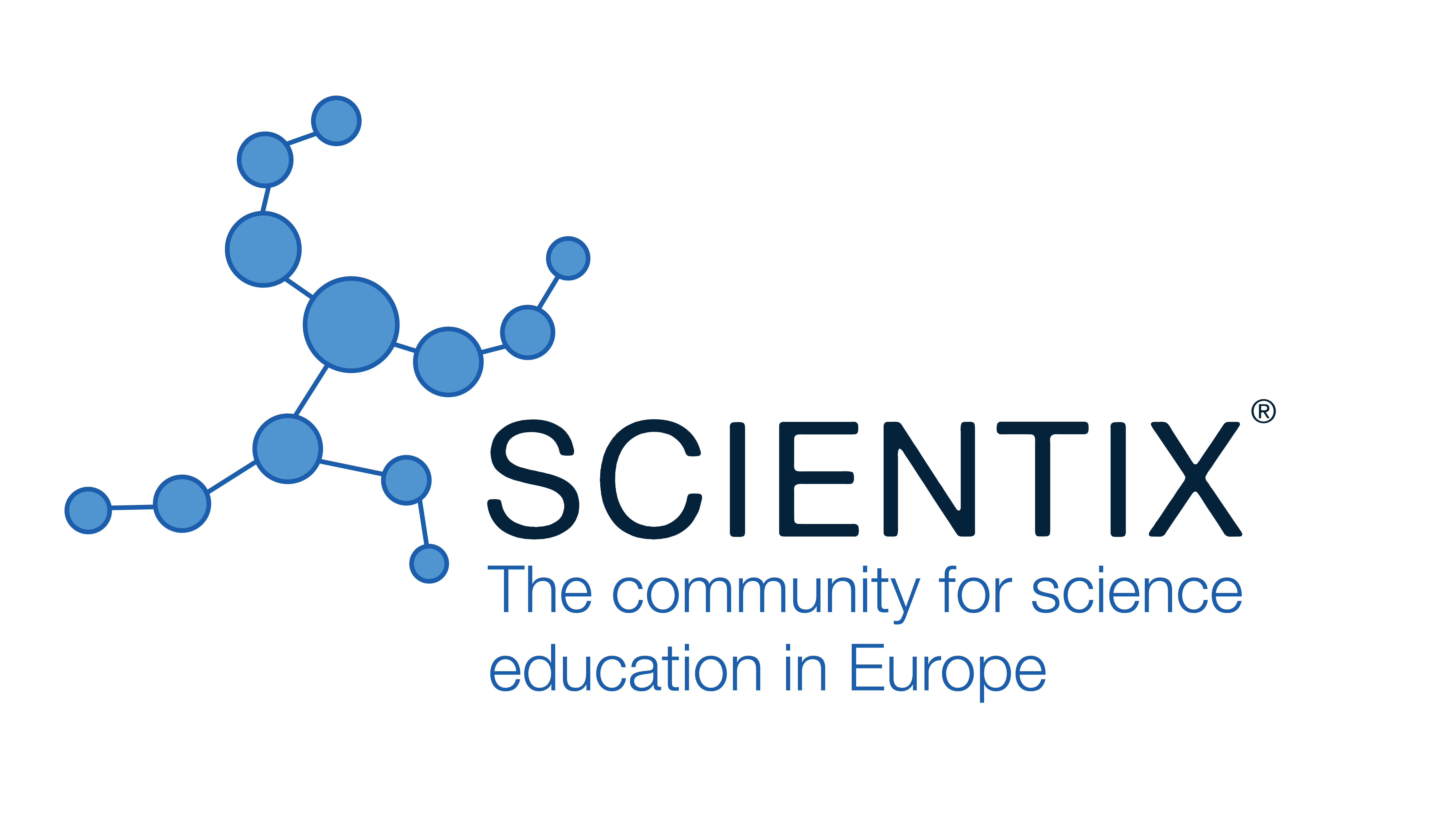We’re Reading Literature, Great! Now, how Do I Evaluate Student Understanding?
Sandrine Hope, The University of Alabama in Birmingham (United States)
Abstract
Teaching literature in a foreign language is complex. Students not only must have target language skills but also the ability to analyze and think critically about a work. Assessing learners’ comprehension can be difficult and filled with pitfalls, especially if the students are not engaged in the task, or if the text is older and they cannot relate to it. Often, literature projects ask students create a poster or a diorama to represent only one event in the story, rather than looking at the overall context of the work. In addition, the texts are often contemporary and therefore easier for the student to comprehend. Likewise, most textbooks that incorporate literature excerpts only provide multiple choice or sequencing activities. These activities can be helpful for learner self-evaluation, and for general understanding. But what happens when students are asked to work with a text from Jean Jacques Rousseau or Mme de LaFayette? This type of literature usually require an understanding of the historical and cultural background in which it was written, and the sequence of events is not necessarily important. Asking for a short résumé can often lead to a quick paraphrase of an online summary. While we do not want students to rely on technology to complete their tasks, we can use technology to aid student comprehension, analysis and critical thinking in foreign language literature classes. How can technology be used? An example is the work La princesse de Clèves by Mme de LaFayette which tells the story of a member of the royal court and the challenges that she encounters. It also depicts life at the court of Henri II, where people constantly boast about their relationship and life achievements. So how would this happen in the 21st century? Twitter! Instagram! Additionally, Jean Jacques Rousseau’s Julie ou la Nouvelle Héloïse is an epistolary novel in which the two protagonists exchange secret notes. The contemporary version is nothing short of the app Snapchat. These programs, Twitter, Instagram, and Snapchat are used daily in our learners personal lives. Why not also use them in the classroom in relation to literature? This technology provides a quick easy method for monitoring and evaluating student comprehension and learning. Furthermore, if students’ thinking of a literary character shifts from an abstract thought to a real person, their engagement in the story increases. The more engaged the student, the more time and effort they will put in to learning and the progress they will make in their language learning journey.
Keywords: literature, engaging, technology, French;
 Innovation in Language Learning
Innovation in Language Learning





























